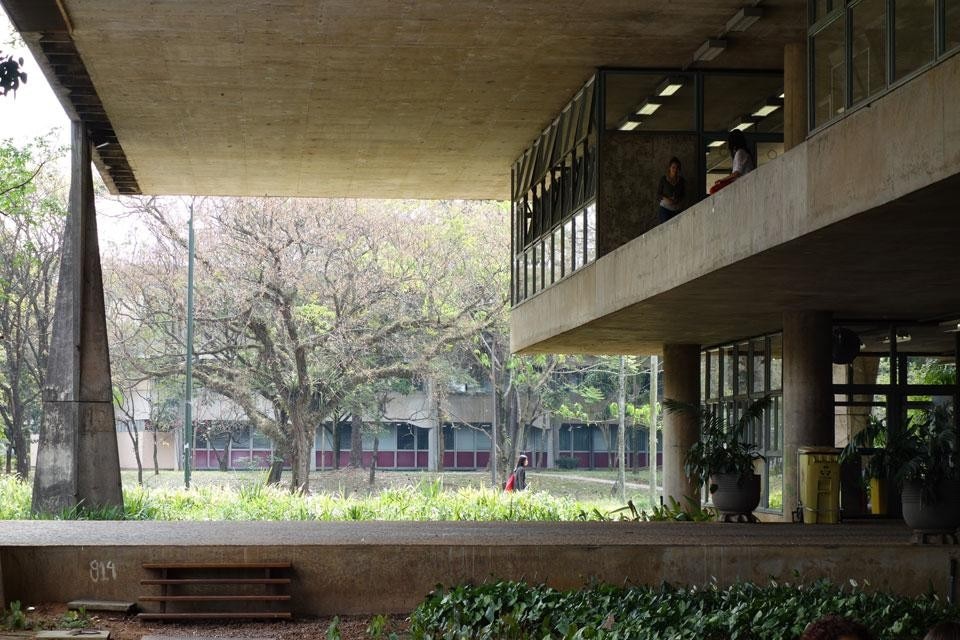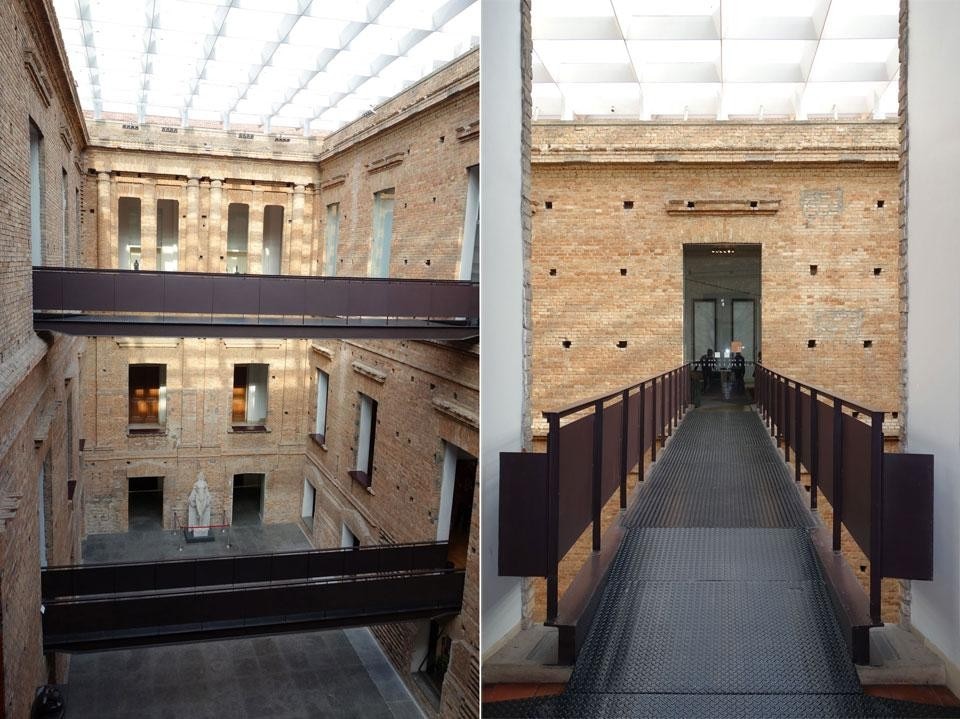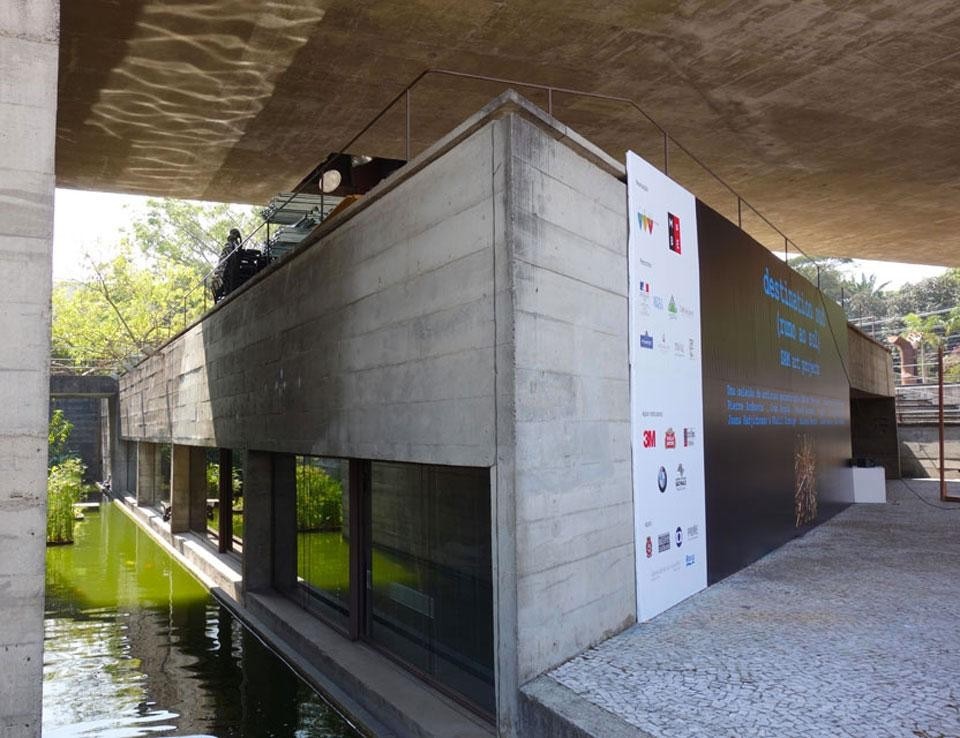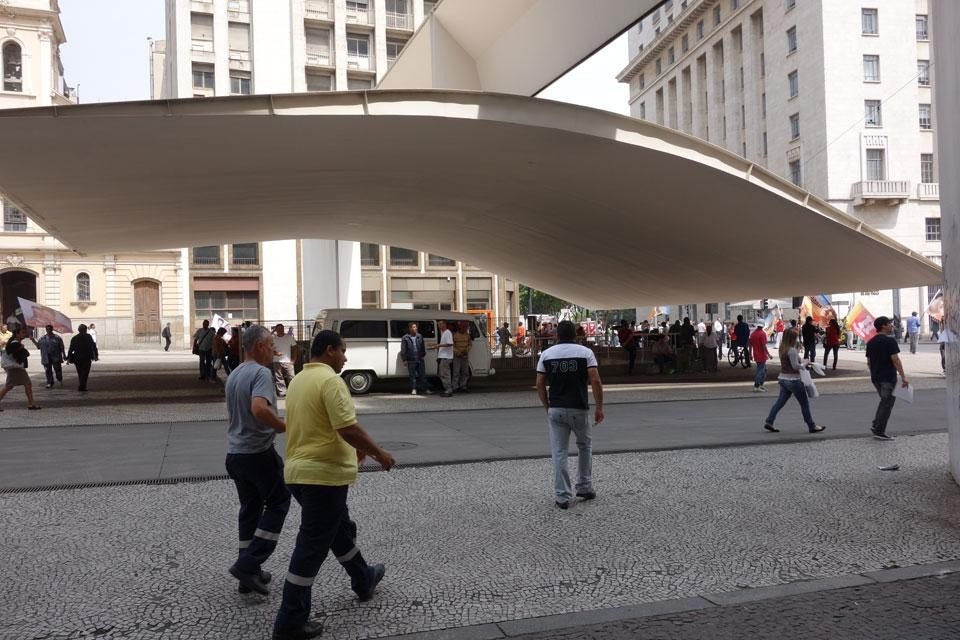On Monday, September 3, 2012, I call Paulo Mendes da Rocha's office and his secretary of many years, Dulcinea, tells me that Paulo Mendes da Rocha has a full schedule on this very busy week, which includes the opening of the São Paulo art Bienal. Later that day I meet my friend, professor and historian Ruth Verde Zein at an old café near Universidade Presbiteriana Mackenzie where she teaches. She calls the Mendes da Rocha office and an appointment is settled for 5:30 that afternoon.
Paulo Mendes da Rocha is a polite and elegant man. The office space is an open plan with round circular columns and a steel curtain wall in a 1940's building near the Praza de la Republica in São Paulo. Our conversation at the conference table shifted between architecture and politics. He took me by surprise when I mentioned the 18th Century sculptor, furniture maker and architect Aleijandinho (Antonio Francisco Lisboa 1738-1814). In his view, the colonial epoch — including the uniquely Brazilian Baroque architecture — was irrelevant and unworthy. "Those horrible sculptures made out of wood that is rotten from the inside," he said. Mendes' complete rejection of the value of Brazilian Baroque was heartfelt. It is ironic that Aleijandinho means "little crippled one". The illegitimate son of his architect father was trained as an assistant but not recognized in his will. Aleijandinho from Ouro Preto was the architect and sculptor of the most important baroque architecture in all the Americas. His architecture understood the radical nature of Baroque space indebted to Borromini and very different than the planar baroque of the Mexican or Peruvian with its exuberance of surface ornamentation. Later I understood why this view expressed by Mendes was essential to his view of Brazilian culture. For him, the entire American continent was a frontier of artistic freedom, removed both from the tragic history imposed by the Colonial enterprise and the weight of European history.
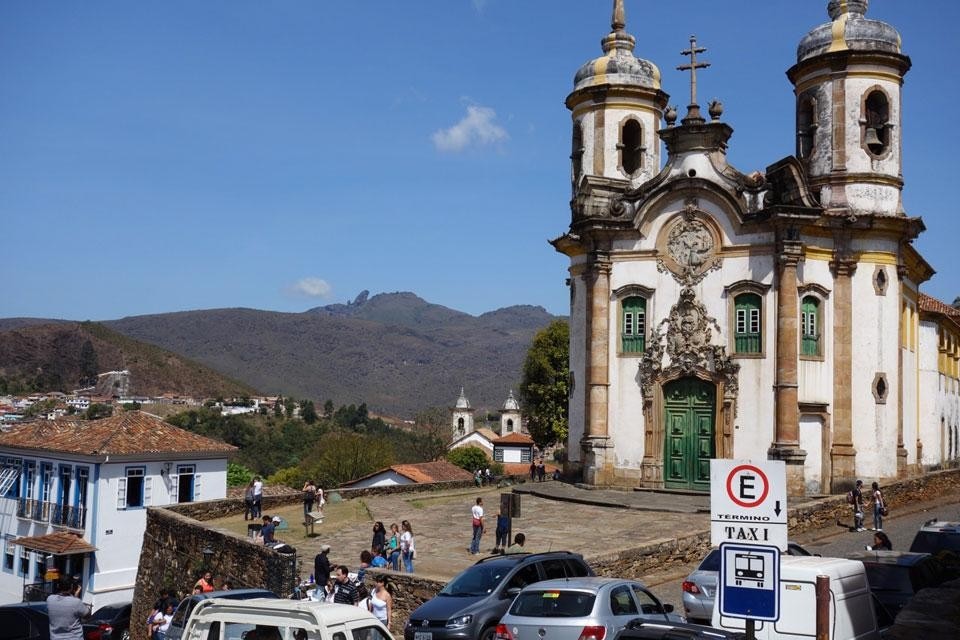
Paulo then asks me: "Do you like whisky?" and as we move to his desk area behind the bookshelves, another conversation begins as he lights up a cigarette and we share some scotch. He tells me about his father the engineer and how his parents were introduced. His father worked on the design and construction of a bridge in Southern Brazil in the first decade of the 20th century, all of which was done by oxen and manual labor. When Paulo decided to study architecture his father was a well-established engineer who was teaching at the University of São Paulo. He did not want to study at the same university where his father taught and decided to study architecture and not engineering at the Mackenzie University, a school established by the Scottish engineers, who built most of the railroads throughout the country so their children could learn a profession in a university that was not Catholic. A couple of years after graduating, he won the competition for the Paulistano Athletic Club (São Paulo 1958). This building gave national reputation to this young architect as an innovative and capable of using advanced reinforced concrete and steel structures. In this case, using a sculptural concrete base for the amphitheater as the anchor for a steel cable structure that in turn holds the metal truss roof.
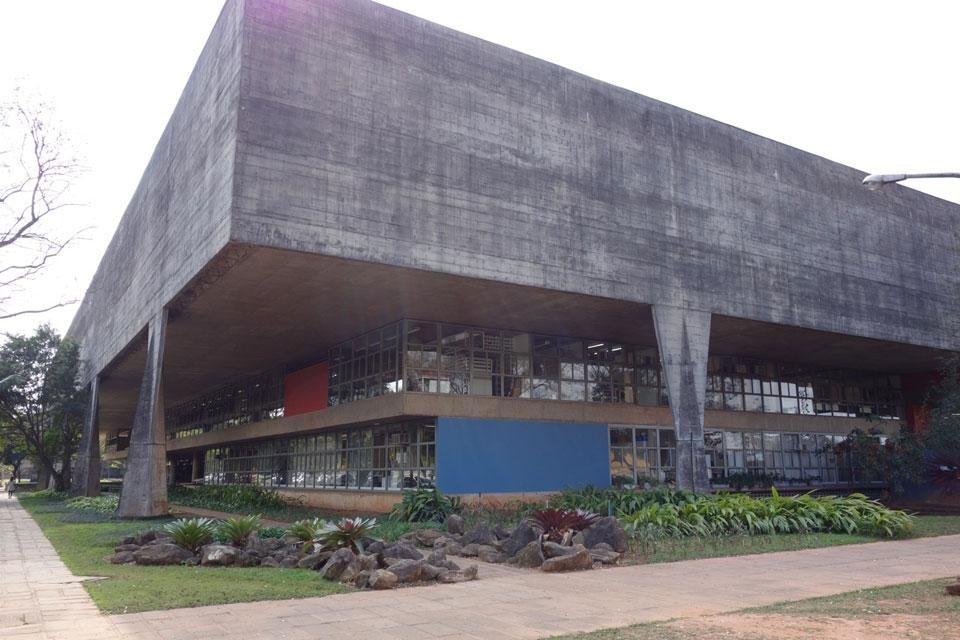
Although labeled brutalist, Mendes da Rocha's work could be more accurately characterized as essentialist, through his insistence on the abstraction and reduction of architecture toward a highly refined poetic space.
